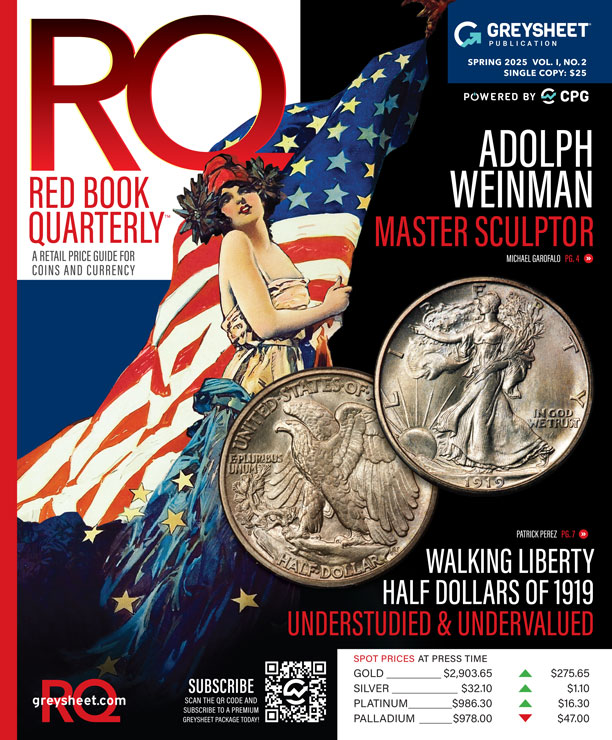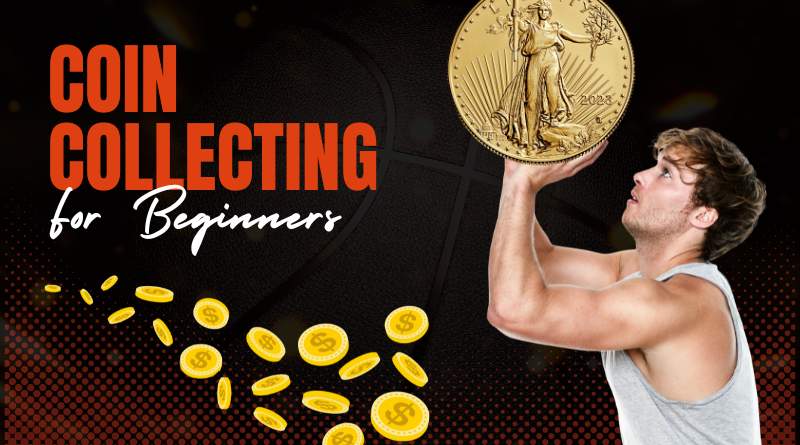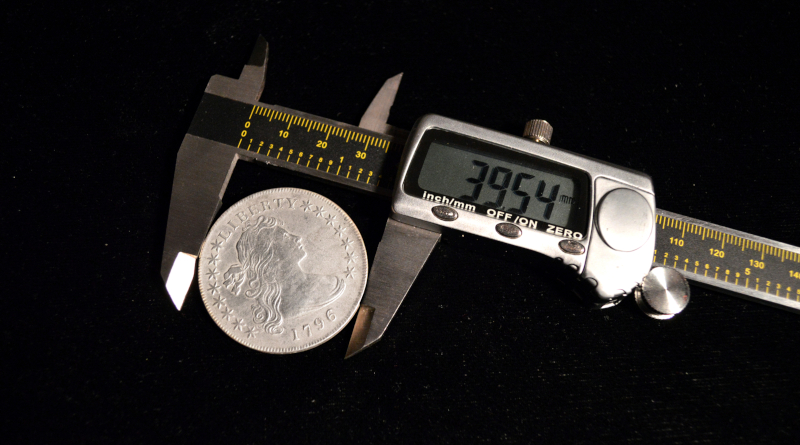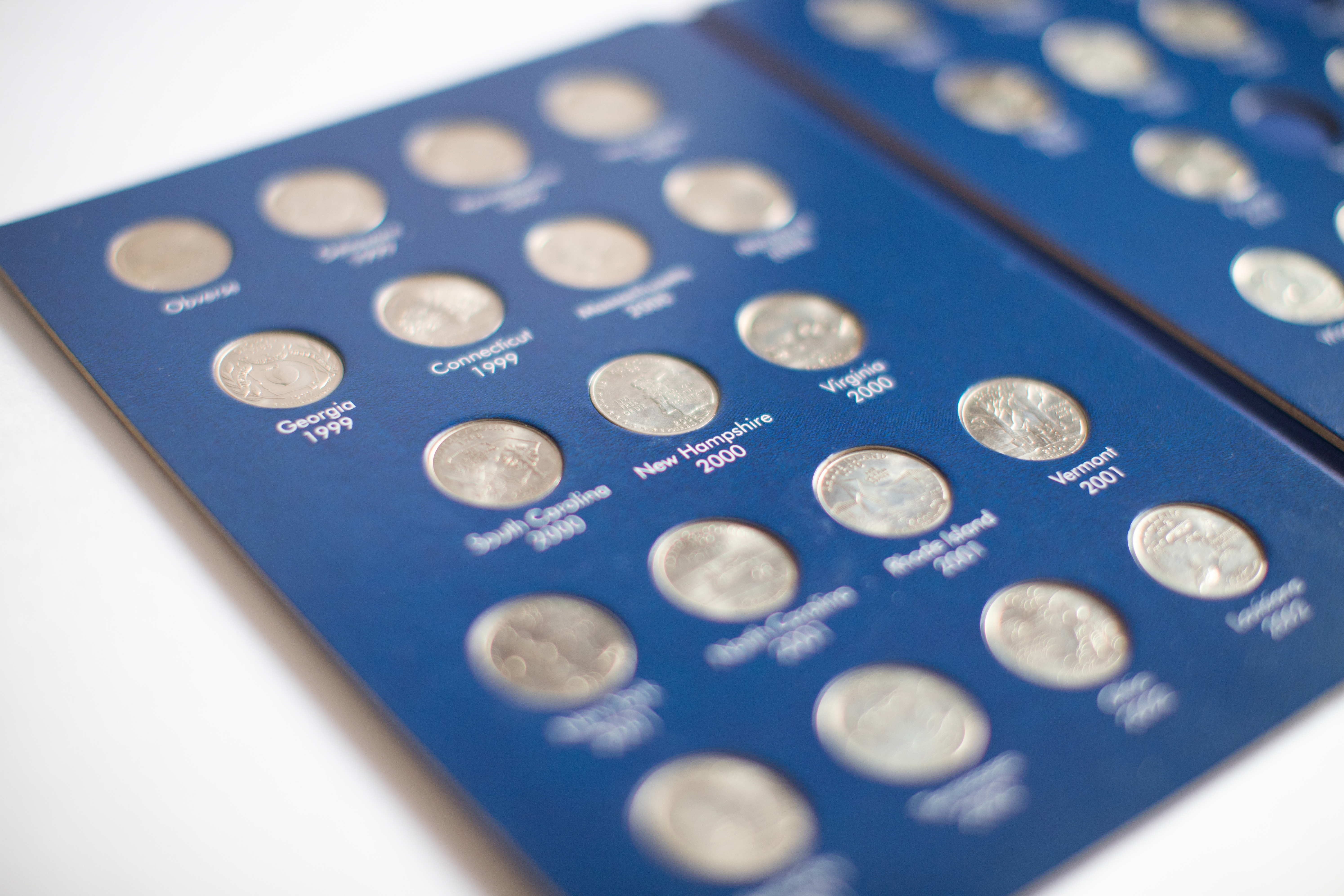Coin Collecting 301 - Collecting Coins by Type Vs. Series
If money is no object, you can collect coins however you want. However, those on a limited budget can still collect their favorite coins by picking the correct approach.
Type Versus Series Year/Date.
Collecting coins by type involves gathering coins based on the type of coin, such as a quarter, dime, nickel, or cent. For example, a type collection of United States nickels would include a Shield Nickel, Liberty Head (V) Nickel, Buffalo Nickel, and a Jefferson Nickel. Additionally, this type of collection may focus on collecting all the different types of coins produced by a particular mint or all the different types of coins from a given time period.
Collecting coins by series year/date involves assembling a collection of a particular type of coin. For example, most beginning collectors assemble a Lincoln Cent Memorial Reverse collection of coins. In other words, your collection of coins is based on the particular date range that the coin type was minted. This type of collection may focus on gathering coins from a certain era or coins from a particular mint. It may also involve gathering coins from a particular region or country.
The main difference between collecting coins by type and by series year/date is that the former focuses on the type of coin (or design), while the latter focuses on the year or date. Collecting coins by type is best for those who are interested in the history and design of coins while collecting coins by series year/date is best for those who want to focus on specific years or dates for the series. Additionally, collecting coins by type requires an extensive knowledge of coins, while collecting by series year/date requires an understanding of the history and context only the coin being collected
What is a Type Set?
A type set is a collection of coins, tokens, or currency with a common theme or characteristic. Type sets are usually organized by country, era, and/or denomination. Type sets can include coins of the same type, date, or design or coins from different countries, eras, or denominations. Some type sets may also include tokens, medals, or other items related to the theme. Coin collectors and numismatists use type sets to build collections of coins that are historically or aesthetically interesting.
Different Ways to Build a Coin Type Set
By Type
This method involves collecting coins of a particular type, such as cents, nickels, or silver dollars. Only one example of each type of coin is required to build a collection such as this. In order to fit within your collecting budget, you can put additional stipulations such as "Silver Dollars of the 1800s and 1900s." This way, you would avoid purchasing expensive silver dollars minted in the 1700s.
By Mint
This method involves collecting coins from a particular mint, such as Carson City, New Orleans, Philadelphia, or Denver. Many collectors focus on the Carson City mint to assemble this type of collection. A type set from the Carson City mint would only entail purchasing ten coins:
- Liberty Seated Dime
- Twenty Cents
- Liberty Seated Quarter
- Liberty Seated Half Dollar
- Liberty Seated Dollar
- Trade Dollar
- Morgan Dollar
- Liberty Head $5 Gold
- Liberty Head $10 Gold
- Liberty Head $20 Gold
By Key Dates
An advanced collector may want to pursue this method of collecting a type set due to the requirement to purchase high-value coins. This method involves collecting coins from specific years that are considered rare or valuable. For example, if you wanted to assemble a type set of United States Small Cents, you would purchase the rarest coin for each type. For example, you would want to buy an 1856 Flying Eagle cent, an 1877 Indian Head cent, and the 1909-S V.D.B. Lincoln Wheat cent. This type of collecting does not include error or variety coins.
By Variety
This method involves collecting coins with different varieties such as die marriages, die state, die rotations, and errors. This method of collecting is hugely popular for early American copper coins. This is because the dies were manufactured by hand. Therefore, each die used to produce coins may be slightly different, even though they are for the same year. Roger S. Cohen Jr. and Walter Breen extensively researched and cataloged different die varieties. Additionally, in 1998 Ronald P. Manley published The Half Cent Die State Book 1793-1857 detailing the different die states used to produce American half cents.
Mint State Versus Circulated
Before you begin assembling your type set, it is best to research and investigate the amount of money you will need to spend to complete your collection. Regardless of your coin collecting budget, you will want to assemble a nice matched set of coins. If your budget allows, a Mint State set will be a beautiful collection of coins. However, if you lack the resources to purchase all Mint State coins, you may want to settle on Extremely Fine, Very Fine, or Fine graded coins.
Collecting by Series
Year Set Versus a Date Set
There are two different ways to collect coins by series. A year set would involve collecting one of each type of coin for a particular year without regard to mintmark. A date set would require you to collect one of each type of coin for each year from each mint that produced it. For example, a year set of Lincoln cents would require you to buy only one coin from 1909. Using this method, you can save money by purchasing the lowest-cost coin that fits into your collecting budget. On the other hand, a date set would require you to purchase four different Lincoln cents from 1909:1909 V.D.B., 1909-S V.D.B., 1909, and 1909-S.
Purchase Your Key Date Coins First
When collecting an entire series of coins, you will eventually run into the possibility that you will have to purchase one or more key date coins to complete your collection. Remember, a key date coin is rare and expensive, which might consume a large part of your coin-collecting budget. Therefore, you must carefully plan when to purchase your key date coins.
There are two schools of thought for assembling a series collection. The first is to purchase the key date last. Using this strategy, you'll have more experience selecting coins, especially if you buy raw coins. However, key date coins constantly increase in price, and you may end up paying more for your key coins by waiting. The second strategy is to purchase the key date coins first. Therefore as the coin market ebbs and flows, odds have it, you will have purchase it at a lower price by buying it first. You can check the current market values of coins by being a subscriber to one of Greysheet's packages, such as Collector+, but if you're unsure which package is best for you, take our quiz to find out.
Matched Sets Look Better
When assembling a date or year set for particular series, it will look better if all the coins are approximately the same grade. For example, if you are assembling a set of Lincoln wheat cents, if some coins are Mint State Red, other coins are Extremely Fine brown, while others are well-worn examples of good or very good. To the eye, this mismatched set of coins will not look as impressive as a matched set.
Of course, obtaining high Mint State coins are what coin collectors dream about. However, not all coin collecting budgets allow that. Therefore, you may have to settle for lesser quality. Before you start assembling your date or year set, see if there are any showstoppers in the particular grade you want to acquire. If so, try the next lowest grade to see if that fits into your coin collecting budget.

Download the Greysheet app for access to pricing, news, events and your subscriptions.
Subscribe Now.

Subscribe to RQ Red Book Quarterly for the industry's most respected pricing and to read more articles just like this.
Author: James M Bucki
Related Stories (powered by Greysheet News)
View all news
A die variety occurs when there is an intentional or unintentional change or variation to the design on the coin die.

There are many reasons people start collecting coins: for fun, profit, even investment. It's best to learn the basics before you jump in too quickly.

Detecting counterfeit coins is a science that requires skill and experience to perfect.









Please sign in or register to leave a comment.
Your identity will be restricted to first name/last initial, or a user ID you create.
Comment
Comments